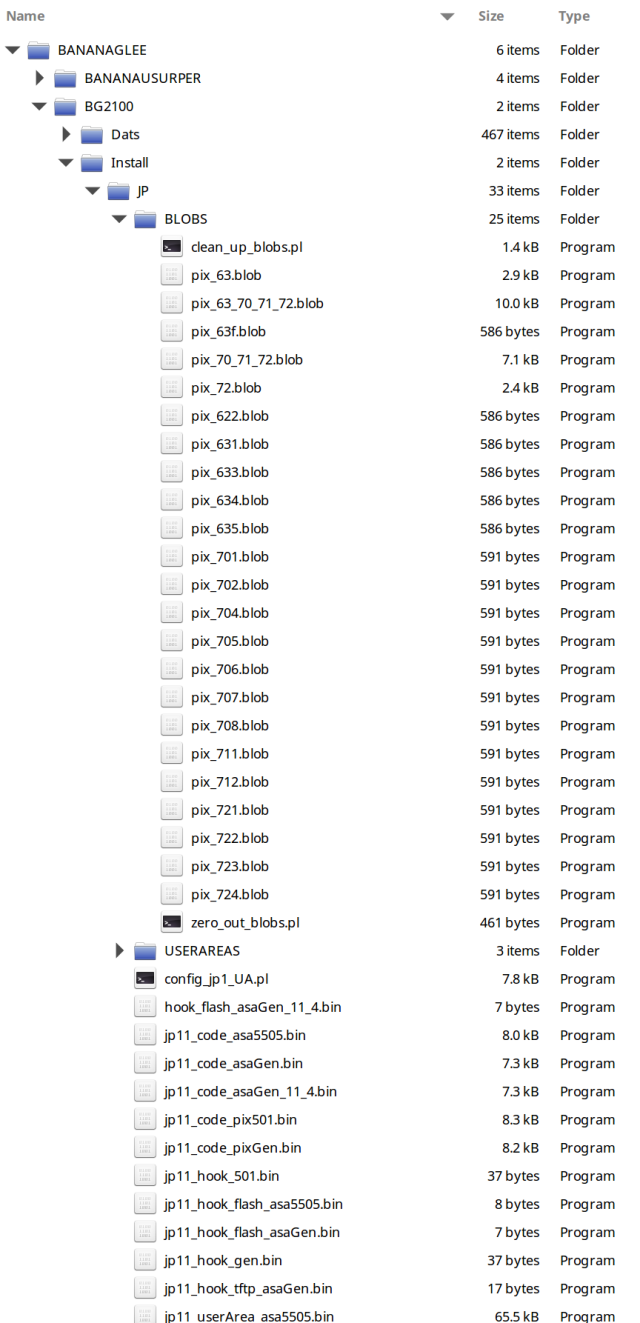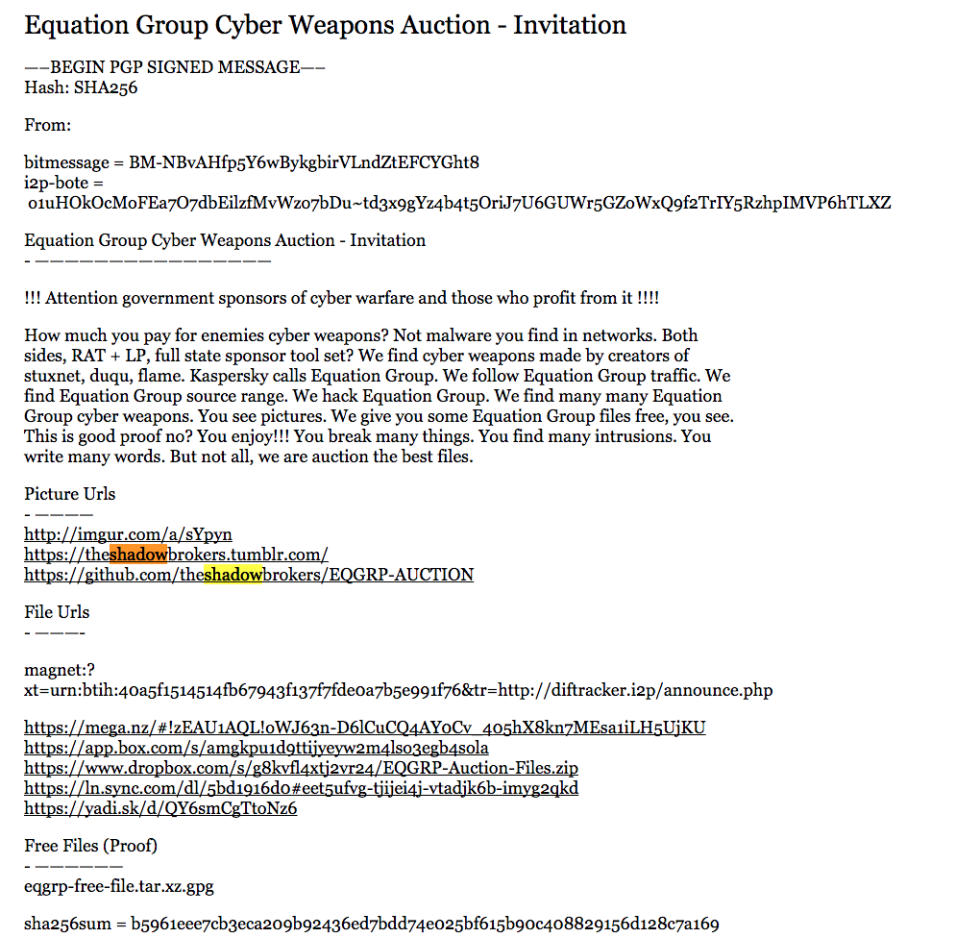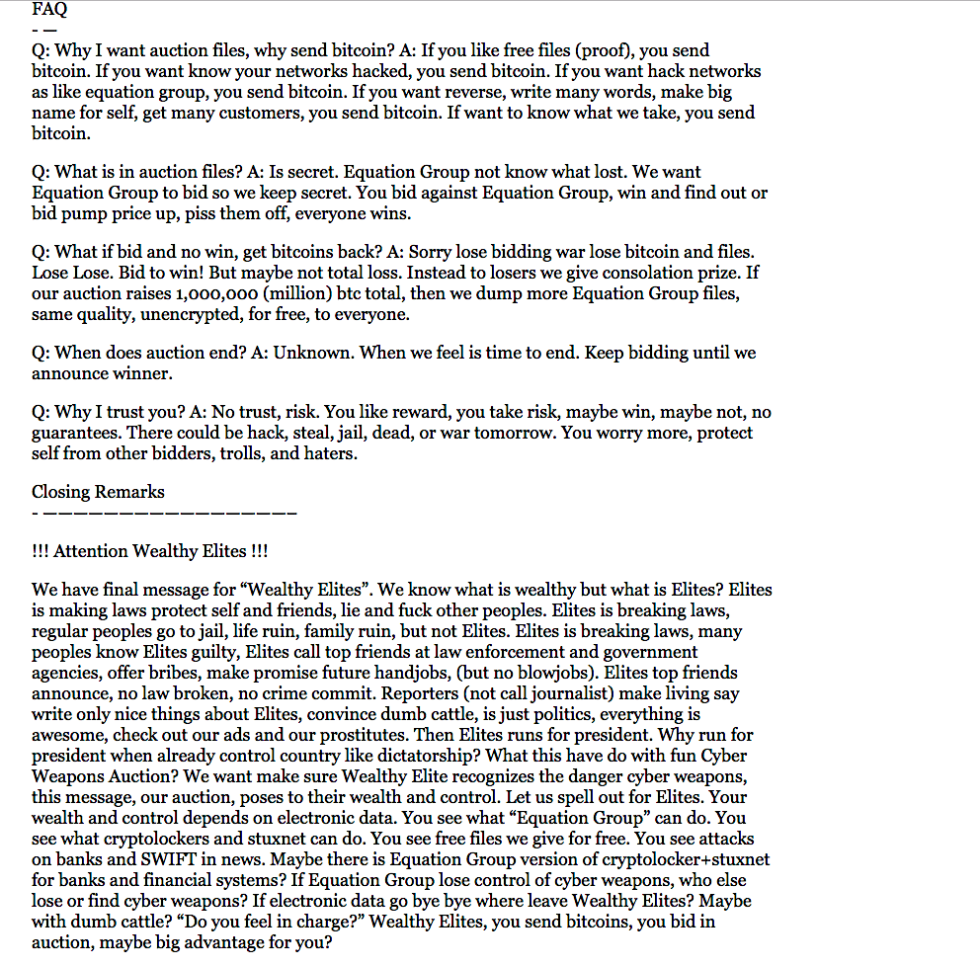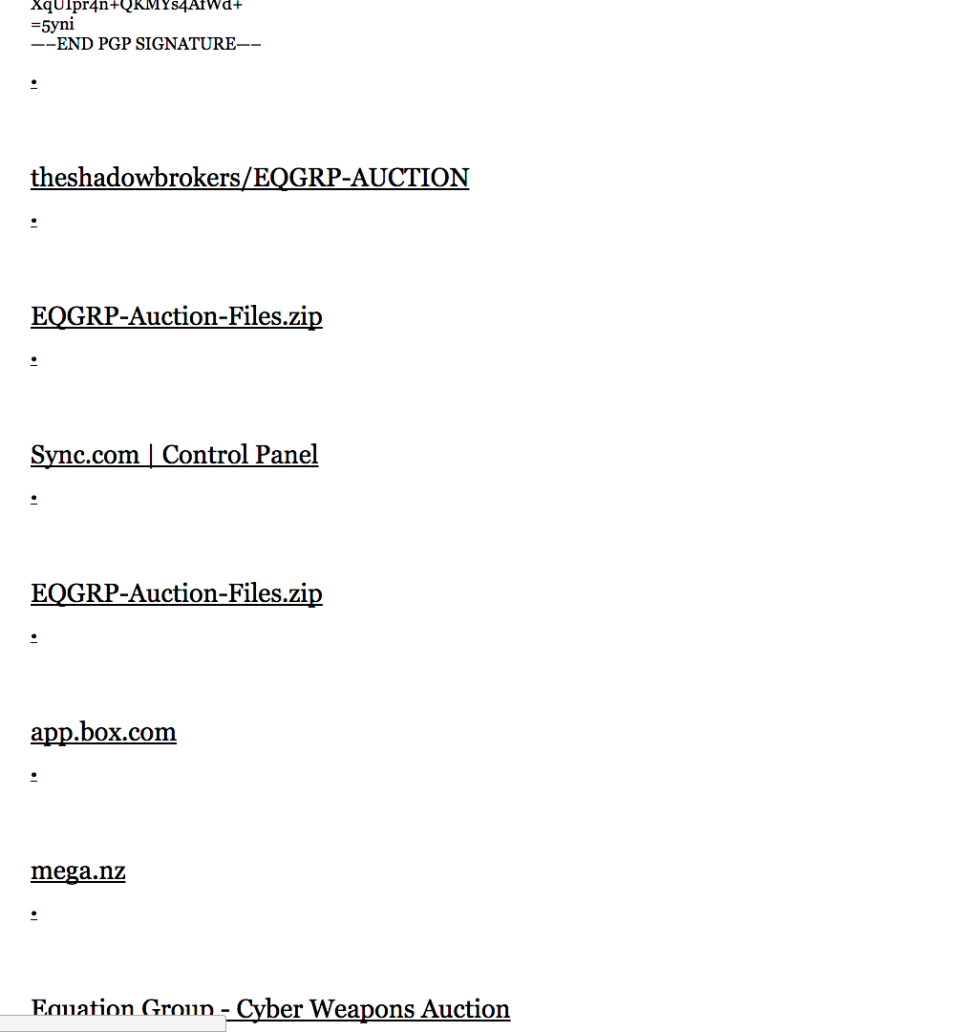We are angry at the media for either not reporting at all or only part of the story. Bill O’Reilly is famous for saying the ‘spin stops here’ but sadly….the spin never stops. The spin even happens in regular intimate conversations and debate where some real facts are spoken while other facts are negated.
So, get over the anger when it comes to the news. The reliability factor has shifted from that ‘drive-by-media’ to alternative media like PJ Media or Breitbart. Okay, cool right? Those outlets among so many others do in fact produce stories that are quite important and useful, deserving huge praise. But wait…not all is that glitter is gold reporting….what you say?
The truth is often painful but facts, truths and money still creates spin and the word ‘but’ comes up often overlooking that which should be held as sacrosanct.
Here is a set up question: Where did the term Lyin’N Ted come from? Okay…set that question aside for a moment as you read on….yikes right?
(This is a long read, so sit back and focus. Facts and truths and money matters, just like words matter.)
TheHill: In late January, Breitbart News chairman Steve Bannon was tipped off about a story that he hoped would damage Ted Cruz.
Bannon, who this week became CEO of Donald Trump’s presidential campaign, was told that a radio advertisement would be landing in Iowa aimed at hurting Cruz with evangelical voters — the very constituency the senator was depending on to win the state’s caucuses on Feb.1.
The line of attack, which was being pushed by Cruz’s presidential rival Mike Huckabee, was that Cruz had donated only a small fraction of his income to his church, not enough to fulfill his tithing duties of 10 percent.
Bannon was excited by the story, stating that it could spell the end of Cruz’s candidacy. He told his reporters to chase the story hard, though their efforts turned up nothing new.Bannon didn’t respond to multiple requests for comment from The Hill, but a spokeswoman for the conservative news sight downplayed any work Breitbart’s reporters did on the tithing story.
“With regards to your question on Ted Cruz: Breitbart did virtually zero reporting on this,” Breitbart spokeswoman Alexandra Preate said.
Preate would not comment further, however, and did not deny that Bannon was pushing reporters to pursue the storyline.
In the early stretch of the presidential campaign, Breitbart was seen as a staunch supporter of Cruz, with Bannon leading the charge. Coverage of the Texas senator was favorable, with Breitbart at one point getting an exclusive look at Cruz getting his children ready for bed.
But Breitbart’s allegiances shifted as Trump’s campaign caught fire.
The story of how that happened, which has never before been told in such detail, provides a vivid illustration of how Trump’s rise has changed the balance of power in the conservative media, and by extension, the entire Republican Party.
In Cruz’s corner
To report this account, The Hill spoke at length to 12 sources with intimate knowledge of Breitbart’s internal operations, including several former staffers who were upset with the company’s direction. Most refused to be identified by name and several talked entirely off the record, only to confirm details.
All of the sources agreed that Bannon was once enthusiastic about Cruz’s presidential candidacy.
In early 2014, a source who attended a gathering at Bannon’s Capitol Hill townhouse, known as the Breitbart “Embassy” among staff, said that Bannon was telling anybody who would listen that Cruz was the most hardcore conservative likely to run for president and a guy he thought could win.
“He didn’t outright say he was endorsing Cruz, but he made it clear that Cruz was his guy,” said the same source who was with Bannon that night.
A year later, Bannon’s opinion had changed.
The first strike against Cruz came in July 2014, when Cruz joined Bannon’s sworn enemy, the conservative radio host Glenn Beck, on a trip to the U.S.-Mexico border. Cruz’s staff described the trip as a “humanitarian” mission to help a church provide supplies to needy families.
Bannon thought the trip painted Cruz as soft on illegal immigration, and Breitbart ran a story titled, “Ted Cruz Joins Glenn Beck for ‘Soccer Balls and Teddy Bears’ Event.”
“Steve was still ranting about that trip six months later,” said a source who worked with Bannon at the time.
Cruz spokeswoman Catherine Frazier declined to comment for this story.
The second strike against Cruz came in April 2015, when the senator signaled his support for the Trans-Pacific Partnership trade deal and the fast-track legislation needed to push it through Congress.
Making matters worse, Cruz promoted his support for fast-track authority in a Wall Street Journal Op-Ed with Speaker Paul Ryan (R-Wis.).
Bannon made clear to Breitbart staffers that he wanted to destroy Ryan’s political career and what he called his “globalist” agenda. Shortly after Ryan became Speaker last October, Bannon began instructing reporters to look for ways to take him down. That effort culminated earlier this month in an unsuccessful bid to unseat Ryan in his Wisconsin primary, with the challenger heavily promoted in Breitbart coverage.
Cruz ultimately walked back his support for trade promotion authority, voting against fast-track legislation and explaining his decision in an exclusive for Breitbart News. But that conciliatory gesture wasn’t enough to win back Bannon, or at least not enough to overcome his growing affection for Trump.
“Steve has always been basically an anti-trade guy,” said a second source who worked closely with Bannon at the time. “That’s one of the fissures with the Trump and Cruz support.
“When push comes to shove, Cruz is basically a free-trade guy, and part of the reason why he saw Cruz as the weaker second option, and why he was willing to go after Cruz, was because he didn’t trust that Cruz would hold the line on trade.”
Embracing Trump
Soon after the trade flap, Bannon concluded that Trump was his guy, sources who worked with him at the time assessed.
He saw the billionaire as the most effective tribune of Breitbart’s populist nationalist movement. Bannon and other senior editors at Breitbart also believed that Trump had all but stitched up the nomination.
Breitbart’s slow turn against Cruz was complicated by the fact that a major funder behind Cruz’s presidential campaign, New York hedge fund billionaire Robert Mercer, is also a major funder of Breitbart.
Several prominent Cruz allies registered their distress about Breitbart’s coverage to Mercer’s daughter Rebekah, asking her why she was supporting an outlet that was hurting her candidate, Cruz.
The Mercers, who never opposed Cruz and resolutely backed Bannon as being fair to the senator, eventually came around to Trump. They are now funding an anti-Hillary Clinton super-PAC and are increasingly influential figures in Trump’s orbit, as The Hill has previously reported. They were seen as influential players in Trump’s decision to hire Bannon as his campaign CEO.
When Breitbart’s coverage shifted toward Trump, some say the tone of Breitbart coverage about Cruz never became overly hostile.
“To be completely honest, I felt like Breitbart were more than fair to [the Cruz camp],” said the source defensive of Bannon.
“Breitbart had a standing offer to the Cruz folks that Breitbart would print anything they pitched,” the same source said. “Only problem is they didn’t pitch anything.”
But while Breitbart continued to publish stories favorable to Cruz, the website’s sympathies soon became clear, with pro-Trump coverage overtaking the site.
A directive went out to Breitbart staff over their internal Slack channel in mid-2015 that any stories involving Trump or Cruz, or conflicts between the two of them, needed to be approved by Bannon and editor-in-chief Alex Marlow.
The move was explained to staff as necessary to ensure that politically consequential stories were appropriately vetted, but several staff members said they felt that it was a means of tipping coverage in Trump’s favor.
On the attack
In January, When Trump began raising questions about Cruz’s Canadian birthplace and his eligibility to be president, Breitbart jumped on the storyline.
Bannon ultimately scored a concession out of the Cruz camp. When the Cruz campaign decided to release the birth certificate of the senator’s mother, it did so by giving it exclusively to Breitbart.
Another anti-Cruz storyline Breitbart pursued aggressively was what Trump called the “weak” and “pathetic” informal alliance between Cruz and John Kasich late in the primary season.
On April 25, Breitbart published seven stories about the alliance, which quickly fell apart.
The same source defending Bannon pointed out that Breitbart never supported the “birther” movement questioning President Obama’s birthplace. The source defended the coverage of Cruz’s citizenship and said that the Breitbart chairman simply wanted Cruz to explain the issue to voters.
The source also said Breitbart would’ve gotten fully behind Cruz or any other Republican had they won the nomination, in keeping with the philosophy of the site’s founder, the late Andrew Breitbart.
Caught in the middle
Three sources familiar with Breitbart’s internal operations said that Bannon didn’t want to have to choose between Cruz and Trump and found it an uncomfortable position to be in.
“Their hope was that they would get both sides together to fight the establishment,” one of these sources, who no longer works at Breitbart, said. “So they were hedging their bets, but it was clear when push came to shove they would side with Trump.”
By late 2015, sources working at Breitbart — both those sympathetic and hostile to his leadership — believed that Bannon was privately all-in for Trump but trying at the same time to keep on good terms with the other candidates in case Trump didn’t win.
“As general chairman of Breitbart, he might as well have been general chairman of Trump for president,” said Kurt Bardella, Breitbart’s former spokesman who resigned because he was upset with the company’s direction.
Bardella, who has publicly criticized Breitbart and Bannon, was in constant contact with Bannon for two years. He said it was “almost like [Bannon was] placing bets” during the primaries.
“You have some chips on some numbers,” Bardella said. “They kind of flirted with Rand Paul; they flirted with Ted Cruz.
“I think Steve kind of astutely saw that there was something more than a novelty of Donald Trump being temporary and began moving his chips into the Trump side of the betting table.”
Bannon’s underlings felt that he’d hitched his wagon to Trump by the time of the first Fox News debate in August — the one where Trump had a famous confrontation with co-moderator Megyn Kelly.
And by January 2016, when Cruz stopped praising Trump and started attacking him as a liberal, Bannon became increasingly enraged and instructed his reporters to hammer Cruz.
Throughout this period, Breitbart staff made no secrets of their close ties to the Trump campaign.
Bannon kept colleagues abreast of his near constant contact with Trump and Corey Lewandowski, who was then Trump’s campaign manager.
Breitbart’s Washington political editor, Matthew Boyle, had long since established himself as one of Trump’s favorite reporters. That dynamic was on display last summer when, according to The Washington Post, “Boyle, 28, asked Trump about his rising poll numbers … [and] Trump broke into a broad smile and high-fived the young journalist in front of startled onlookers in the post-debate spin room.”
A source who observed several of Boyle’s interactions with Trump staff said that on the campaign trail, Boyle was “actively giving consulting advice to the Trump campaign staffers and strategizing with them while he was reporting on the primary.”
Boyle declined to comment.
Another chance for Cruz?
Since refusing to endorse Trump in the most aggressive way possible — in a speech at the Republican National Convention that got him booed from the stage — Cruz has been back at work in the Senate.
**** Yes of course there is more….
As this site has posted more than once regarding Ukraine, Paul Manafort and John Podesta, how and why did this all become important? Something like the old KGB model, money and influence. Rather like that ‘drive-by-media’ thing right? Yes.
Exclusive: How Ukraine Wooed Conservative Websites
Passion or payola? A source describes being offered $500 for an article, and a consultant doesn’t deny payments.
Hat tip to Rosie at BuzzFeed: WASHINGTON — Several conservative bloggers repeated talking points given to them by a proxy group for the Ukrainian government — and at least one writer was paid by a representative of the Ukrainian group, according to documents and emails obtained by BuzzFeed.
The Ukrainian campaign began in the run-up to high-stakes Ukrainian parliamentary elections last year, and sought to convince skeptical American conservatives that the pro-Russian Party of Regions, led by President Viktor Yanukovych, deserved American support. During that period, articles echoing Ukrainian government talking points appeared on leading conservative online outlets, including RedState, Breitbart, and Pajamas Media.
The emails and documents, which include prepackaged quotes from election officials and talking points that some writers copied nearly word-for-word, offer a glimpse into how foreign governments dodge tight Justice Department regulations on foreign propaganda to covertly lobby in the United States: The payments were routed through a front group in Belgium to an American consultant, who has urged writers not to cooperate with a reporter investigating the campaign.
The model resembles a recent stealth campaign in which bloggers were paid by the Malaysian government to write favorable stories, though the Ukraine campaign appears to have involved smaller sums of money.
One of the writers who participated in the campaign, who spoke on the condition of anonymity and because of lingering qualms about the arrangement, they said, described being offered $500 for a blog post praising Ukraine’s ruling Party of Regions. The payment was arranged by George Scoville, a libertarian media strategist, and Scoville’s name was on the check, the source said.
An email from October 26, 2012 shows Scoville inviting writers to join a conference with Mikhail Okhendovskyy of Ukraine’s Central Election Commission. The call was organized by the European Centre for a Modern Ukraine, a Brussels-based group headed by Leonid Khazara, a former senior member of parliament from the pro-Russian Ukrainian president Viktor Yanukovych’s Party of Regions. According to its website, it is a “a unique ‘Modern Ukraine’ organisation based in Brussels and operating internationally as an advocate for enhancing EU-Ukraine relations.”
In practical terms, the ECFMU exists to promote Yanukovych and the party — but its nominal independence means that its representatives in Washington do not need to register as foreign agents and make the extensive disclosures required under that program. Instead, the only evidence of its activity comes in the far more relaxed domestic lobbying disclosure law, which shows that the Brussels-based group employs two well-connected Washington lobbying firms, The Podesta Group and Mercury/Clark and Weinstock.
One email from October 29, the day after the election, shows Scoville sending out documents full of exit poll results and prepackaged statements from election observers.
“I just wanted to share the attached documents with you in case you were interested,” Scoville writes. “You’re under no obligation to write anything, but I wanted you to have this info in case you were feeling nostalgic and/or entrepreneurial :)”.
“But in all seriousness, if you could spend a few minutes today tweeting about the results using #ukrainevotes and promoting some of the pieces you wrote, that would be very helpful to us,” Scoville writes.
His next email, sent five minutes later, consists of a list of “talking points that are mostly tweetable — some may need to be shortened.” These include “Ukraine has demonstrated its commitment to democracy and passed the test put forth by the international community of holding transparent elections” and “The victory for the Party of Regions is a victory for the people, for Ukraine and for democracy.”
Yanukovych’s party has been criticized for reverting to Soviet-style tactics such as jailing opposition figures including former Prime Minister Yulia Tymoshenko. Europe’s human rights court ruled earlier this year that Tymoshenko’s pre-trial imprisonment on charges of illegally making a gas deal with Russia was “arbitrary,” and the U.S. and European Union have called for her release.
The source who provided BuzzFeed with the emails and documents said that other writers involved in the Scoville campaign had included Breeanne Howe of RedState and Warner Todd Huston, a freelance conservative writer. The source estimated that around five or six writers were on the October 26 conference call.
Writers involved in the campaign had been individually warned by Scoville not to talk to BuzzFeed during the reporting of a story on this subject that appeared in March, and to deny any payment if asked, according to the source.
Howe denied having accepted payment for her pro-Party of Regions blog posts published in October when asked about it in March. “I can’t speak for anyone else that wrote on the subject, I can assure you that my employment at RedState is an unpaid labor of love and I was absolutely not employed by or on the payroll for the Ukranian gov’t (or any other gov’t for that matter),” she said at the time.
But her posts hew closely to talking points issued by Scoville, sometimes nearly verbatim.
A document titled “BACKGROUND INFO FOR MESSAGING (NOT FOR PUBLIC DISTRIBUTION)” includes the following: “The current Ukrainian government is also reforming its energy sector to ensure efficient use of its resources and preserve its important role as an energy corridor between the Caspian Basin and Europe — a corridor that is not subject to Russian interference.”
On October 8, Howe wrote: “Ukraine actually has a large reserve of natural gas and serves as an energy corridor between the Caspian Basin and Europe. A corridor which, incidentally, is not subject to Russian interference.”
Howe also used some of the quotes from election observers that were provided in an email attachment from Scoville in a post after the election on October 29 about “Ukraine Election Success.” She did not respond to requests for comment from BuzzFeed this week.
Warner Todd Huston was one of the more prolific of the writers tasked with writing pro-Yanukovych stories. He posted Ukraine content on Family Security Matters, a website that used to be run by the Center for Security Policy, anti-Muslim pundit Frank Gaffney’s think tank. Other posts appeared on small sites like Right Wing News, ChicagoNow’s Publius Forum, and Canada Free Press.
In a post titled “Russia’s Constant Interference in Ukraine,” Huston wrote that the imprisonment of Tymoshenko was justified.
“Too many in the west imagine that she was arrested by a Ukraine backsliding into a Soviet-styled police state where all opposition leaders are squelched,” Huston wrote. “This, however, just isn’t the case.” Huston called Tymoshenko “one of Putin’s best assets in the former Soviet-satellite nation.”
At the end of the talking point sheet provided for writers, there is a note addressing the Tymoshenko jailing:
NOTE: There is also a controversy surrounding the former Prime Minister of Ukraine (Tymoshenko) who has been convicted and jailed on corruption charges. It is a complex issue — she definitely was a Putin crony and there is an independent investigation going on now — but this is more about Ukraine’s elections, its geopolitical importance and encouraging the current (and likely next) Ukrainian
administration. If you have questions about the former PM, let me know.Huston told BuzzFeed that he hadn’t been on the conference call but that he knew Scoville and had often received pitches from him.
“Of course, I see George whenever I’ve gone to a conference in D.C.,” Huston said.
“I got some press release-like emails from George back then like I do many other issues (like all the union stuff I have written) but I don’t get money for all those type of pitches,” Huston said. “I am always looking for stuff to write and ask organizations for their stuff so I can see if it catches my interest.”
Huston didn’t directly deny being paid by Scoville.
“I would not be open to say who pays me and who doesn’t,” he said.
Other writers who were producing incongruous pro-Party of Regions stories at the time include Ben Shapiro of Breitbart and Seton Motley, a conservative blogger.
One of Shapiro’s Ukraine posts, “Hillary Sides With Anti-Semitic Ukrainian Opposition,” is nearly identical to a post that appeared four days later in a different publication under Huston’s byline: “Clinton Dept. of State Backing the Anti-Semitism Party in Ukraine?”
Shapiro said he hadn’t been paid by anyone other than his employers to do the posts.
Scoville “was not the one pitching me as far as I recall,” Shapiro said.
Motley wrote a post for Human Events about Ukraine’s gas dealings with Russia on October 15, and one for Pajamas Media on October 5 titled “Ukraine is Leading West — Not Bowing East” that cites most of the statistics about Ukraine’s economy contained in the talking points provided by Scoville.
“I wasn’t on whatever emails you have, I wasn’t on them,” Motley said when reached by BuzzFeed. “I wasn’t paid anything by George Scoville.”
After multiple requests for comment, Scoville did not deny that he had paid writers to place stories having to do with Ukraine. He wouldn’t elaborate further, nor would he detail his relationship with the European Centre for a Modern Ukraine.
“Thanks for reaching out. I also received your voicemail,” Scoville said in an email. “I don’t discuss either my clients or the specifics of my project work with media.”
Okhendovskyy Telebriefing by Rosie Gray on Scribd
Text of talking points sent from Scoville to bloggers
BACKGROUND INFO FOR MESSAGING (NOT FOR PUBLIC DISTRIBUTION)
Pivoting Towards the E.U. – Ukraine’s Economic Future
Ukraine is fully committed to integration into the E.U. – this is one of the priorities of the current administration. Furthermore, Ukraine is ready to undertake the tough measures needed to implement the Association Agreement, which is the next step in the E.U. ascension process.
As part of this effort, Ukrainian authorities are undertaking an effort to transform Ukraine into a more transparent market economy in line with European standards. And results are already apparent: despite the global economic slowdown, Ukraine’s economy grew by 4.2% in 2010 and 5.2% in 2011 with exports growing 37% in 2011.
These gains will be further locked in by the Deep and Comprehensive FTA (DCFTA) with the E.U. initialled in March 2012. The DCFTA, which is still pending is final signing and ratification, is a major step in reinforcing Ukraine’s ties with the E.U. and building on an already strong trading relationship. In 2010, the E.U. exported to Ukraine €17.3 billion worth of goods, with Ukraine’s exports to the E.U. worth €11.4 billion.
The current Ukrainian government is also reforming its energy sector to ensure efficient use of its resources and preserve its important role as an energy corridor between the Caspian Basin and Europe – a corridor that is not subject to Russian interference. As a sign of Ukraine’s commitment to Western values, Ukraine is
opening the country to international election observers this October as it elects a new parliament.Russia and Geopolitics
Tymoshenko, both before and during her tenure as Prime Minister, fostered close relationships with Russian officials, most notably President Putin. These relationships led directly to Tymoshenko unilaterally signing a long-term gas contract on behalf of Ukraine’s state owned gas company that leaves Ukraine bound to buy Russian natural gas at above market rates. The deal was explicitly opposed by
Viktor Yushchenko, the former Ukrainian President that ushered in the Orange Revolution alongside Tymoshenko.President Putin remains a vocal ally of Tymoshenko and recently told reporters, “We never sign contracts contradicting the laws of the contract partner country, in this case Ukraine.” He has previously questioned her imprisonment.
President Putin is also actively trying to bring Ukraine back into Russia’s sphere of influence by pushing the country to join its Customs Union, designed to rival the EU. The EU Association Agreement, which the Ukraine is actively pursing, is seen as
incompatible with Customs Union membership and Ukraine has demonstrated a clear preference to joining Europe. The EU cannot turn its back on Ukraine at this pivotal moment; this is an opportunity to firmly bring Ukraine into the Western order, an outcome that is favoured by both Ukraine and the West.Ukraine has a longstanding and productive relationship with NATO and supports the mission in Afghanistan in addition to conducting key training exercises with NATO forces. [NOTE: Prior to Yanukovych’s Presidency, Ukraine was considering joining NATO. Negotiations began with the 1997 Charter on a Distinctive Partnership, which established the NATO-Ukraine Commission. Ukraine’s ambitions ended in 2010 when President Yanukovych submitted a law for ratification that bans the
country from joining military alliances.]Reform of the Judicial System
Verkhovna Rada, Ukraine’s Parliament, recently adopted significant reforms to its judicial system that will replace its Soviet-era Criminal Procedure Code (CPC). Proposed by Ukraine’s President, the new CPC equalizes the powers of defence and prosecution lawyers in addition to numerous other reforms that bring Ukraine’s justice system in line with European standards.
Ukraine’s current government is the first to take on the country’s long-standing problem with corruption, which was bad under Soviet rule before worsening in the period following independence. A recent report by the Council of Europe’s Group of States against Corruption notes the country’s recent moves to combat the problem by establishing liability for corrupt actions and the introduction of liability for bribery, trading in influence and other corrupt actions. These reforms are part of a long-term effort to undergo judicial reform within the framework of European integration while also strengthening Ukraine’s democratic society.
NOTE: There is also a controversy surrounding the former Prime Minister of Ukraine (Tymoshenko) who has been convicted and jailed on corruption charges. It is a complex issue — she definitely was a Putin crony and there is an independent investigation going on now — but this is more about Ukraine’s elections, its geopolitical importance and encouraging the current (and likely next) Ukrainian
administration. If you have questions about the former PM, let me know.
UkraineElections.102812.ExitPolls by Rosie Gray on Scribd






